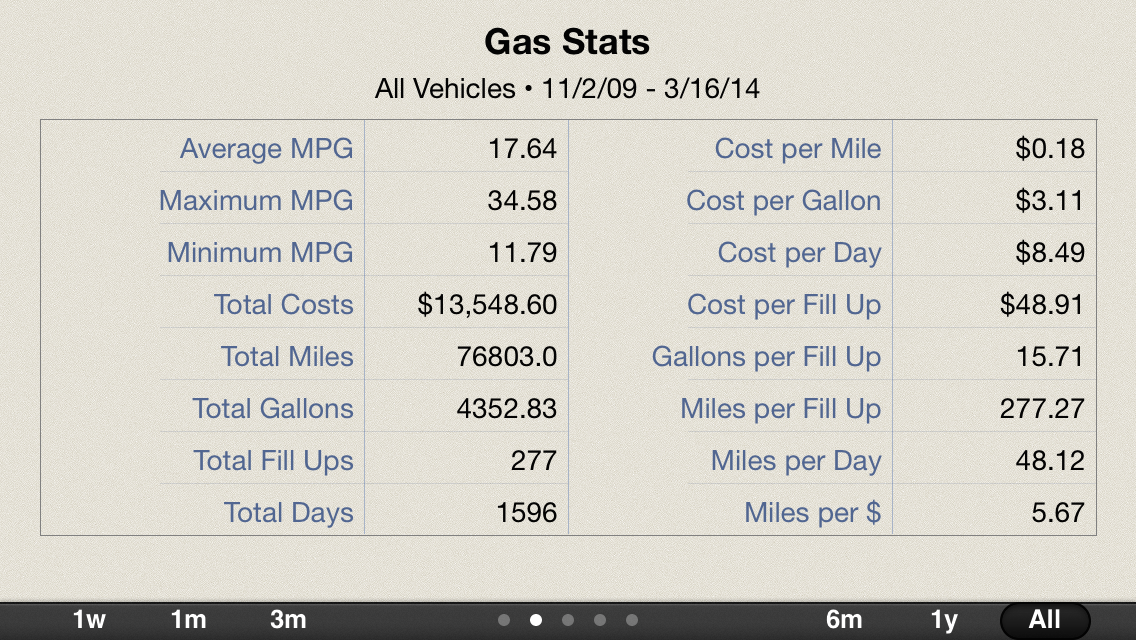Understanding the difference between hours and miles in an ATV and how they relate to each other can be confusing. How many hours per mile is normal? Is there a way to convert hours to miles? What do these numbers mean, and what can they tell you about the bike’s condition? These are some of the questions we’ll look into.
To help determine what hour-to-mile ratio is normal, I’ve looked up a few real-life examples on various ATV forums, and ATV marketplaces. I’ve also included the readings on my own Polaris Sportsman.
| Make and Model | Miles | Hours | Mile-to-Hour Ratio | |
| Honda Rancher 420 | 190 | 79 | 2. | |
| Honda Rancher (unknown engine size) | 885 | 172 | 5.1:1 | |
| Honda Foreman (unknown engine size) | 5000 | 2000 | 2.5:1 | |
| Polaris Sportsman 500 | 20000 | 1800 | 11:1 | |
| Polaris Sportsman XP 1000 (mine) | 951 | 100 | 9.5:1 | |
| Polaris Sportsman 850 | 2700 | 190 | 14.2:1 | |
| Polaris Sportsman 570 | 440 | 50 | 8.8:1 | |
| Can-Am Outlander 650XT | 225 | 25 | 9:1 | |
| Can-Am Outlander 1000 | 270 | 32 | 8.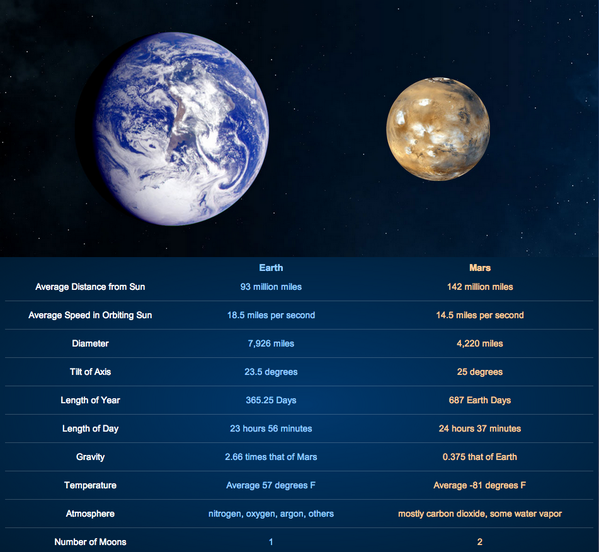 4:1
4:1 | |
| Can-Am Outlander 800 | 375 | 75 | 5:1 | |
| Can-Am Outlander 800 | 1400 | 100 | 14:1 | |
| Can-Am Outlander 800 | 477 | 77 | 6.2:1 | |
| Honda Foreman 500 | 5500 | 1500 | 3.6:1 | |
| Can-Am Outlander 800 XT | 3100 | 155 | 20:1 | |
| Can-Am Renegade 800 | 1812 | 76 | 23.8:1 |
According to my findings, the mile-to-hour ratio in ATVs varies vastly, ranging from 2. 4:1 all the way up to 23.8:1. The Can-Am Renegade with a ratio of 23.8:1 has traveled almost ten times as far as the Honda Rancher with a ratio of only 2.4:1. Another way to see it is the average speed of the Can-AM is about ten times that of the Honda.
4:1 all the way up to 23.8:1. The Can-Am Renegade with a ratio of 23.8:1 has traveled almost ten times as far as the Honda Rancher with a ratio of only 2.4:1. Another way to see it is the average speed of the Can-AM is about ten times that of the Honda.
I consider myself an average ATV rider with some farm work, some trail riding, some technical forest-riding, and even some mudding. With an hour-to-mile ratio of 9.5:1, I find myself in the middle of the scale.
Related: How Many Hours Do ATVs Last? What is Considered High?
What if you know the hours on your ATV but want to know how this transfers to miles? Is there a good way to convert hours to miles?
There is no way to directly convert an ATVs hours to miles and vice versa without knowing how fast the bike has been ridden. However, an ATV typically travels from 10 to 15 miles per hour on average. This equals a typical conversion rate in the range of 1:10 to 1:15.
Some ATVs spend most of their life at mid to high speeds on trails or are used in racing. These bikes typically have a low hour count relative to miles traveled.
Other ATVs are run mostly at slow to moderate speeds for farm work or technical riding such as rock crawling. These bikes typically have a higher hour count relative to the miles they have traveled.
Depending on your ATV’s primary usage, you can use these general guidelines to go from hours to miles or back.
So if you own an ATV that’s primarily been used for higher speed trail riding with 100 hours on it, you find the mileage by multiplying the hours by 20. 100 hours times 20 equalts to an estimated 2000 miles.
If you know the mileage but not the hours, you divide the 2000 miles read from the instrument panel by 20, giving an estimated runtime of 100 hours.
Again, these are just some general guidelines to give you a ballpark estimate. There is no way to do a precise conversion between miles and hours.
The hours on an ATV, often called engine hours, measure how many hours the engine has been turned on. The metric acts as the primary marker for keeping track of service intervals and overall vehicle wear.
The miles on an ATV are registered by the odometer and tell the total distance the vehicle has traveled. The metric is used as a secondary marker for keeping track of service intervals. With most ATVs, the mileage offers a less accurate indicator of vehicle wear and overall condition than the engine hours.
Keeping up with service and maintenance is crucial to ensure proper vehicle operation and optimal service life. This applies to all types of vehicles and machinery, ATVs included.
The manufacturer knows from experience and tests how long each component will last on average before it wears out. They also know at what intervals we need to make various adjustments and when to replace filters, oils, and fluids.
They also know at what intervals we need to make various adjustments and when to replace filters, oils, and fluids.
This information is systemized into a periodic maintenance and service schedule to track when to perform the specified service and maintenance tasks. This ensures safe and proper vehicle operation and enables the manufacturer to offer a warranty provided that the schedule is completed and properly documented.
The big question is how to track when the next service is due or when to replace various components.
We can quantify and measure different aspects such as distance traveled, hours of operation, units produced, and days, weeks, and months in use.
A typical ATV maintenance chart uses three different metrics to determine the maintenance intervals: hours, miles, and calendar – whichever comes first.
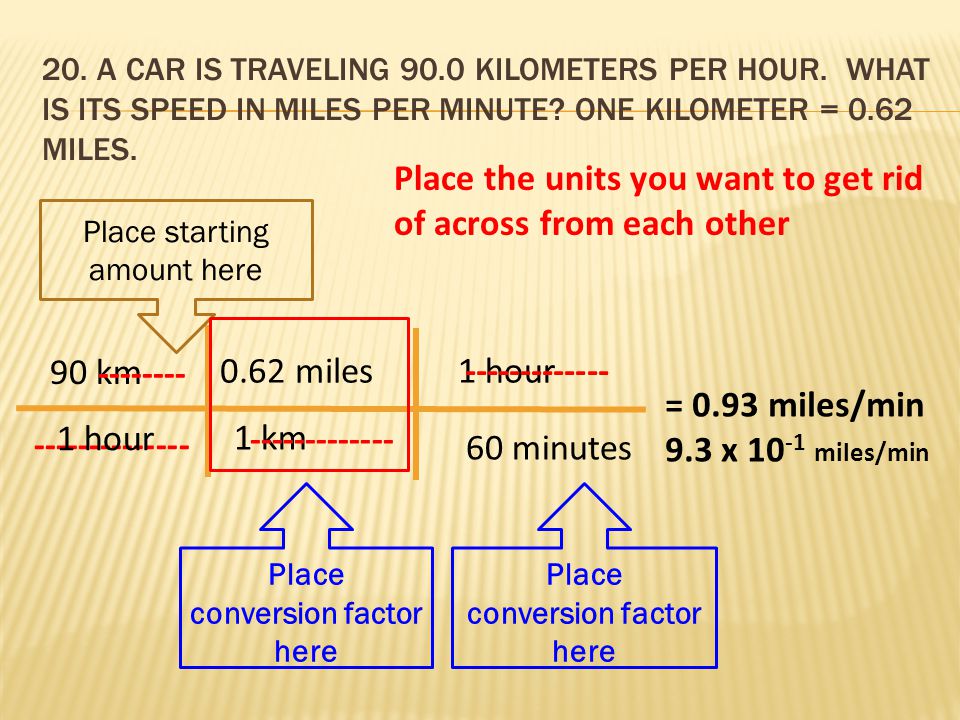
Which metric gives the most accurate representation of wear and tear is not the same in all vehicles.
As you may have noticed, with cars and other fast-moving on-road vehicles, we usually only talk about mileage and not engine hours to keep track of service intervals or when we’re considering the vehicle’s overall condition.
While most modern cars do count engine hours, the metric is not as relevant to determining wear and tear on components such as brakes, bearings, and axle joints. The engine hours don’t say how far the vehicle has traveled, only how many hours the engine has been running.
A car spends most of its time cruising at highway speeds and less time idling at a near standstill. The overall vehicle wear correlates well with distance traveled (mileage).
Also, for most people, the concept of mileage is more relatable than hours. Cars are primarily used for transportation from A to B. We use miles not only to keep track of when the next service is due but also how far it’s to the next city or far we can go without refueling.
That’s why using miles makes more sense in on-road vehicles such as cars and motorcycles.
With off-road vehicles, heavy equipment like excavators, or other vehicles that spend much of their time at medium to slow speeds or even operating at a standstill for hours, the mileage doesn’t provide a good representation of vehicle wear.
On these vehicle types, the engine hours typically offer a more accurate indicator of wear and tear than the mileage.
ATVs fall somewhere in between a car and an excavator. They typically don’t travel as far and at such highway speeds as most other on-road vehicles, but they usually move more than an excavator.
What’s unique about ATVs is the wide range of riding applications. The miles, hours, and the ratio between them vary quite a lot depending on how the bike is used. By using hours miles, depending on which comes first, we get a more flexible maintenance schedule that ensures proper maintenance regardless of how you use your ATV.
Please note that the service manual’s recommended intervals are based on average riding conditions. If your bike is subject to more severe use, it will wear faster and needs to be serviced more frequently.
In an ATV with high mileage or high hours, it is generally a good idea to look out for signs of wear and tear, as both of these metrics tell us something about how much the vehicle has been used.
However, the numbers by themselves tell only part of the story. High mileage or high hour count doesn’t always mean that the bike is worn out and in poor condition.
You also need to consider how well the bike is kept up with maintenance and overall care. A well-maintained ATV with relatively high mileage or hours could offer a much better deal than one that’s used only half as much but is neglected when it comes to service and upkeep.
Another critical factor is how hard the ATV was used previously.
One hour at near idle putting around the farm is quite different from riding one hour flat out on a track day. The latter causes more wear to components such as bearings, tires, engine, transmission, and suspension.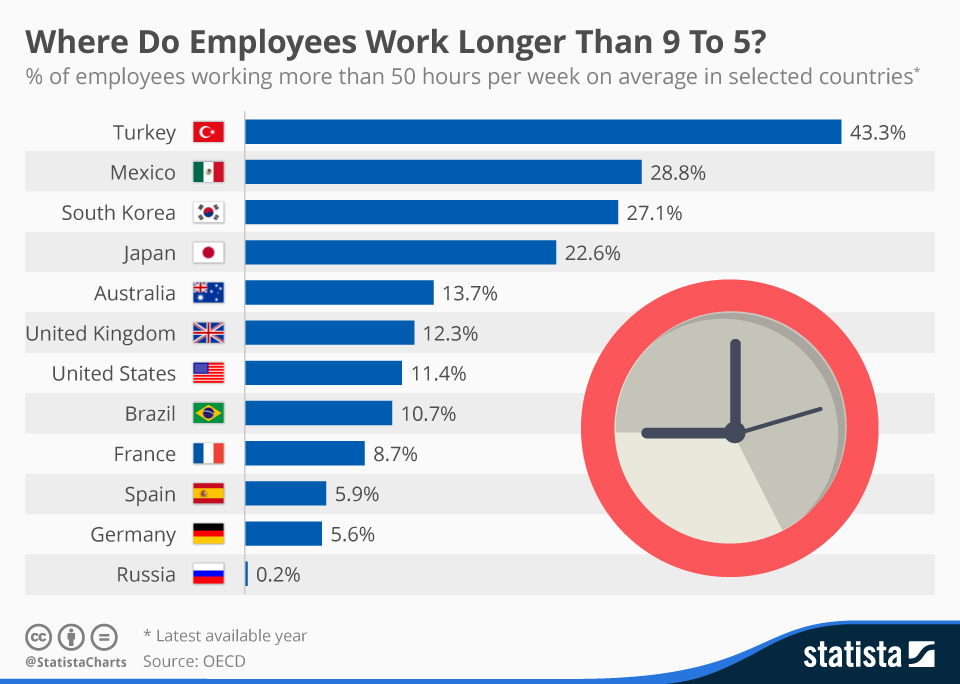
Riding applications that cause excessive wear and tear (according to the Polaris user manual):
Comparing the hours of runtime to miles traveled can indicate how aggressive precious owners drove the ATV.
While there is no rule without exceptions, a high hour, low mileage ATV has likely not been ridden as hard or aggressively as one with low hours and high mileage.
Some ATVs count hours, some count miles, while others count both. The hours are typically used as an addition to the mileage to keep track of operating time between service intervals.
However, when an ATV is listed for sale, they typically go by miles rather than hours.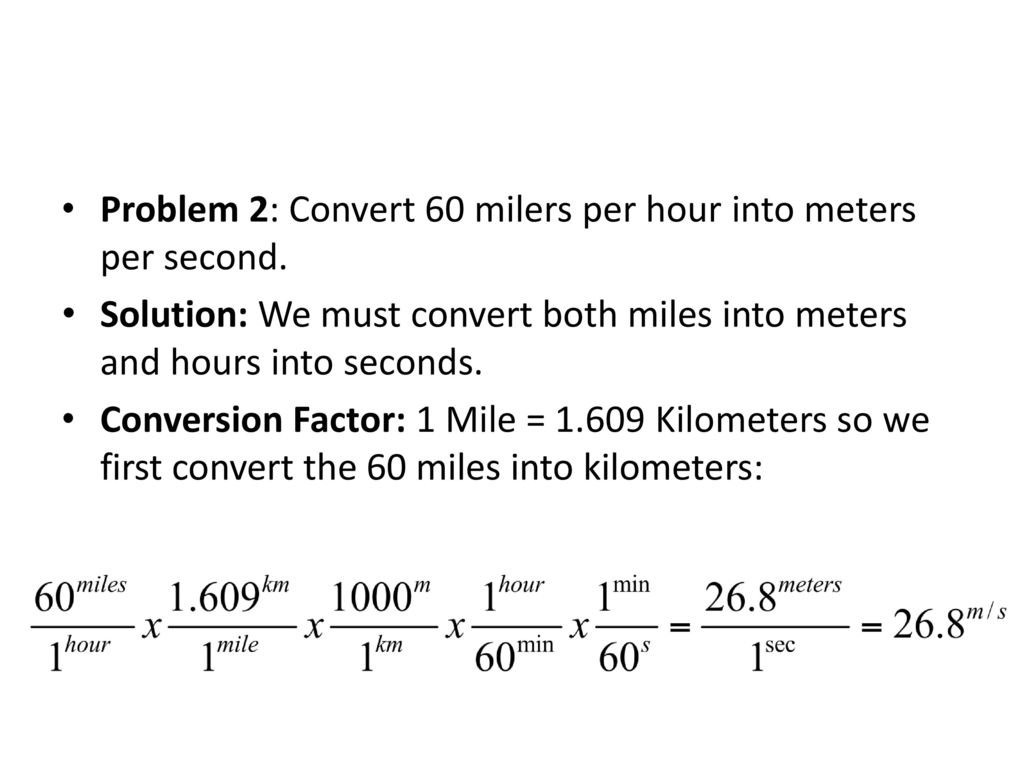 Most sellers also include the hours as it’s a good indicator of the bike’s condition and how hard it has been ridden.
Most sellers also include the hours as it’s a good indicator of the bike’s condition and how hard it has been ridden.
Not all ATVs use the same method to count the hours.
Most ATVs count hours only when the engine is running, including active runtime and idling. However, some models, such as some from Can-Am, count hours whenever the key is turned on and even if the engine is not running.
Therefore some Can-Ams may have a disproportionally high hour count from intentionally or unintentionally leaving the bike for extended periods with only the ignition on.
If you’re considering getting a used ATV, you might be wondering what is considered as high miles for an ATV. After-all you’re spending a significant amount of money on your new toy and the last thing you want is to get “screwed”.
If you look around the internet, you might find that there are various opinions about what is actually considered as “high miles” for an ATV.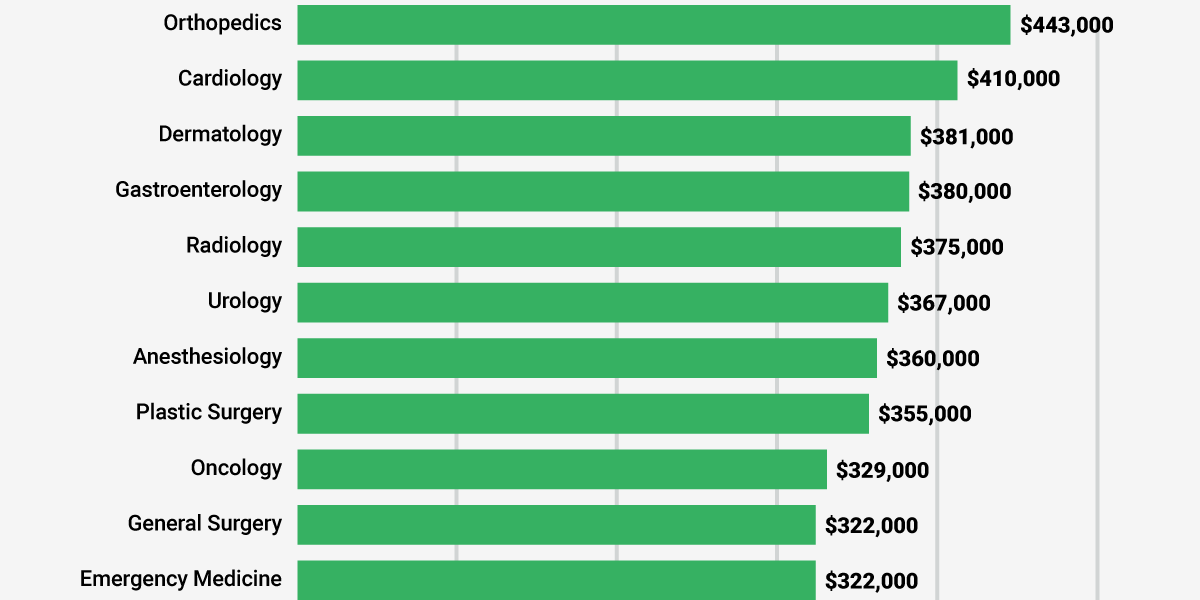 Some people say that you shouldn’t look at anything more than 5000 miles while others think that high miles mean somewhere between 2000 to 3000 miles.
Some people say that you shouldn’t look at anything more than 5000 miles while others think that high miles mean somewhere between 2000 to 3000 miles.
Generally, an ATV is considered “high miles” once it reaches around 10,000 miles. What’s more important, however, is how it was maintained and how the previous owner rode it. Even at 10,000 miles, if the previous owner took the time and effort to care for the ATV, there could still be a lot of life left in the vehicle.
ATV Average Miles Per YearIf you need a benchmark figure to compare how many miles you’ve put on your ATV when compared to others, I would like to share my numbers.
I would consider myself an average ATV enthusiast. I like to ride my ATV on weekends and in all seasons including the winter. I average around 20 miles each week on my ATV which translates to about 1040 miles in one year.
While I understand that some people ride a lot more than I do (ride more days and for more miles each time), averaging 1040 miles on an ATV for a casual ATV owner like myself is reasonable.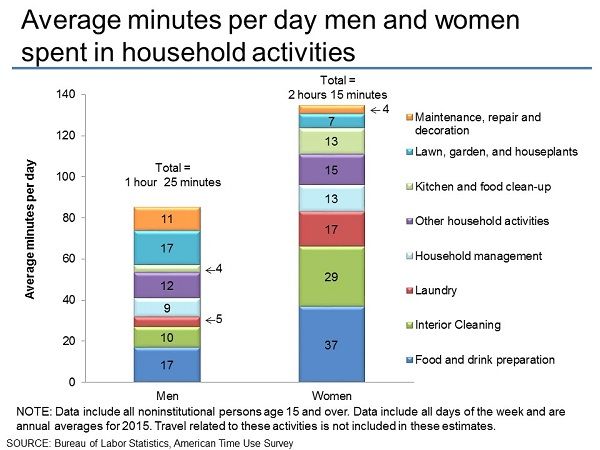
If you ride more miles than I do, it just means that you are wearing down your ATV faster than an average rider and you’ll be doing more maintenance on your ATV.
The Hours to Mileage RatioMileage tells you how far your ATV has traveled but the actual hours that someone has spent riding also needs to be considered this is because:
Hours on an ATV tell you how hard the ATV was driven.
Generally speaking, if you find an ATV with high miles and low hours, it means that the vehicle was driven hard.
So what is a good Hours to Mileage ratio? I find that around 15 miles to 1 hour (15:1) is a good ratio. Keep in mind that this number can be fudged by ATV owners by simply idling his or her ATV. The ratio does not take idling into account and assumes minimal idling of an average ATV user. It provides a good benchmark for you if you’re worried about high hours on your ride.
If your ride doesn’t come with functionality to keep track of hours. There are a number of good hour meters that can help you with this.
There are a number of good hour meters that can help you with this.
As mentioned above, if you take good care of your ATV, you can put upwards to 10,000 miles on it. There are of course a lot of factors that affect the lifespan of an ATV. Let’s look at these in more detail:
Brand – Is your ride from a reputable brand like Polaris and Honda? These companies have had a great reputation over the years and the #1 reason behind this is their products superior reliability.
Hours / Miles – You should realize that using only the number of hours and miles is not important in determining the average lifespan of an ATV. What’s more important is HOW they were put on the ride.
One way to check is to jack up your ATV and check the bearings. Look for any rips or tears in your CV boots.
CV boots help to protect and retain the grease inside your CV axles and they wear down over time.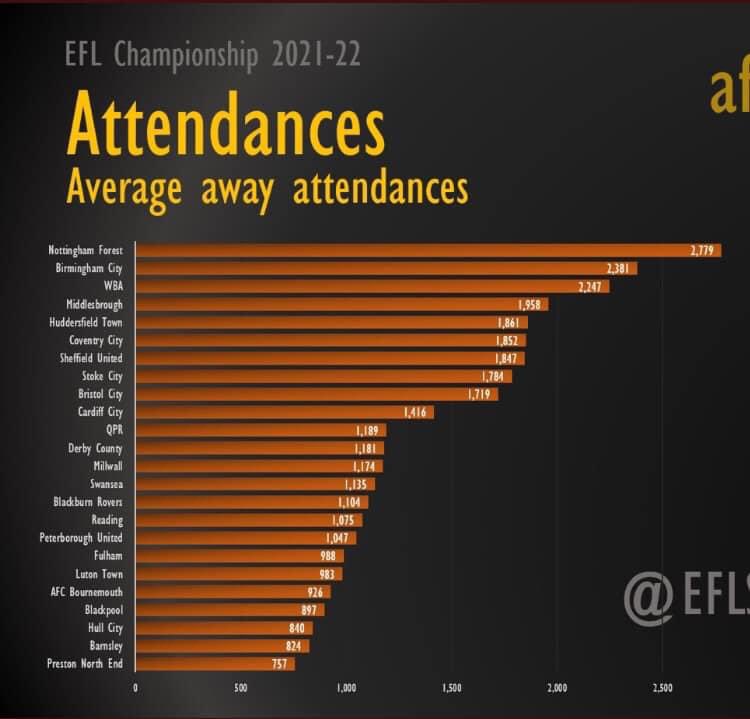 Once a CV boot is ripped, your CV joints are exposed and may begin to rust. If you see some big rips in your CV boot, it could mean that the ATV was not maintained properly which leads to a decrease in its lifespan.
Once a CV boot is ripped, your CV joints are exposed and may begin to rust. If you see some big rips in your CV boot, it could mean that the ATV was not maintained properly which leads to a decrease in its lifespan.
Frame – exterior plastic pieces can be easily replaced but it’s the condition of the frame that counts. To check this, try to remove the exterior plastic body pieces and look for cracks or dents in the frame. This is usually a good indication to tell if the ATV was subjected to abuse and roll-overs. A weakened frame will reduce the lifespan of your ATV.
Mud / Dirt – A lot of ATV owners don’t realize how damaging mud and dirt can be to their ATVs. Mud traps moisture against the exposed parts of your ATV. This creates the perfect atmosphere for rust to develop and weakens your ATV overtime. Rust requires 3 things to develop: water, iron, and oxygen. When water is mixed with carbon dioxide (an element in oxygen), it forms an acid which eats away the iron.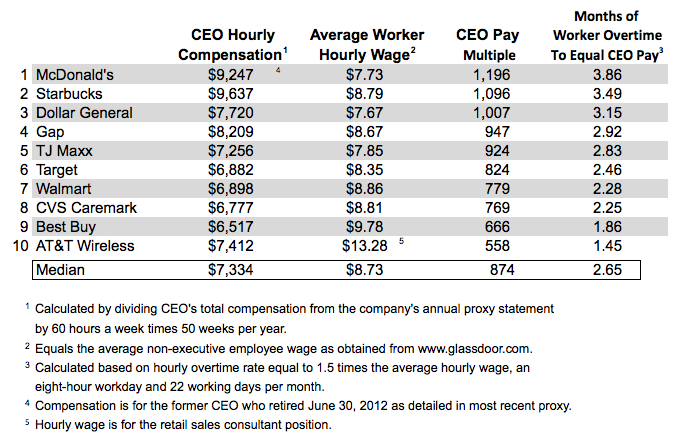
Mud left on the body of your car will also cause damage to your paint. This is because mud can rub off paint and cause rust to develop. Note that this isn’t usually a problem if the mud is left on for a short period of time.
Dried mud acts as a hard abrasive material that causes damage to moving parts like bearing and joints. It also affects the function of your brakes.
This is why it’s important to clean your ATV thoroughly after each use. A dirty, muddy ATV has a much lower lifespan than a clean one.
ATV Tires: How Many Miles Can You Get from Stock Tires?A good set of stock tires can probably let you do 8000 miles before replacement. It depends on the type of surface you ride on the most. You can expect a longer life from your tires if you ride mostly on sand and dirt roads. If you ride a lot on sharp rocky roads, you will see less life.
This is why it’s important to plan ahead and know what kind of terrain you’ll be riding on and select the right tires for that terrain.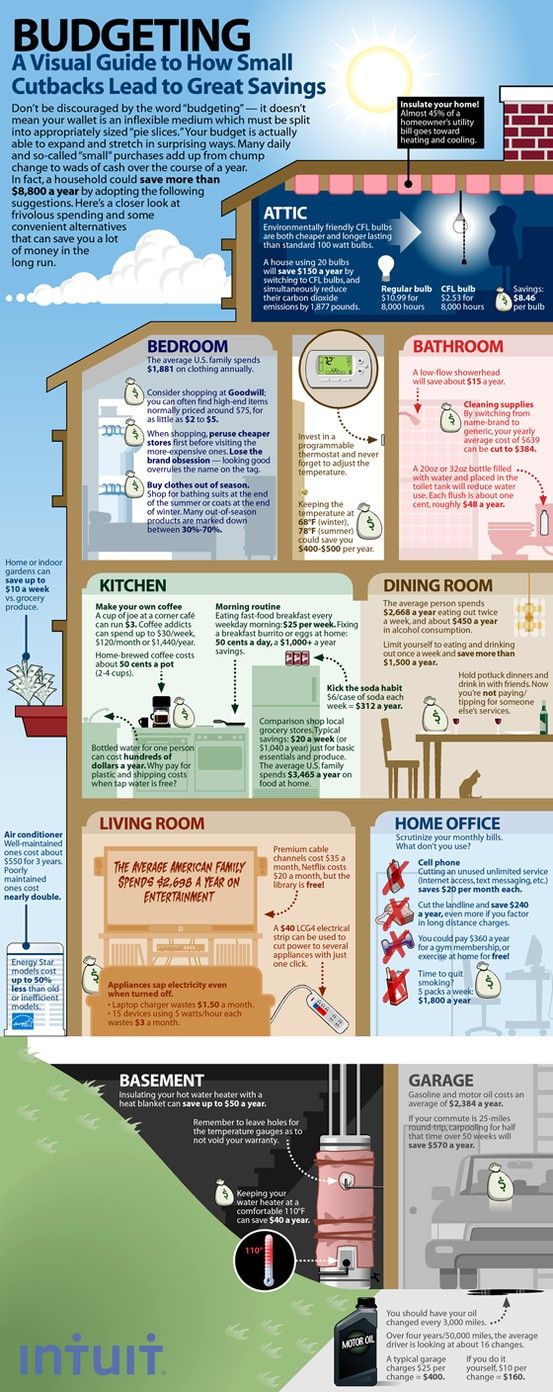 E.g, use mud tires for mud, sand tires for sand, etc. Most ATV riders who are serious about the sport will have a few different sets of tires to play with. It’s a bit costly up-front but saves you a lot of stress and expands the life of your stock tires.
E.g, use mud tires for mud, sand tires for sand, etc. Most ATV riders who are serious about the sport will have a few different sets of tires to play with. It’s a bit costly up-front but saves you a lot of stress and expands the life of your stock tires.
Generally, an ATV is considered "multi-mile" when it reaches about 10,000 miles . However, more important is how it was looked after and how it was driven by the previous owner. Even with 10,000 miles on it, if the previous owner put the time and effort into caring for the ATV, there could still be a lot of life left in the car.
Accordingly, which is better Honda or Polaris ATV? Honda is known for its reliability, ease of operation, excellent ride quality, driver comfort and agility. Polaris is softer than glass in rough terrain. , it has great power, EBS works great, it's very comfortable to ride, and the power steering is top notch.
How many kilometers can an ATV travel on one tank of gasoline? A 5.4 gallon ATV tanker can drive 108 miles averaging 20mpg. Factors affecting gas mileage: ATV type and age, tank size, weight, throttle, terrain, tires, engine size, carburetor, and maintenance. To make sure you don't run out of gas, check your 4-wheeler before you travel and take extra gas with you.
Also, how do you convert ATV hours to miles?
Multiply the number of hours your engine has been running by 60. . Use the resulting number to estimate how many miles your engine has. For example, 1,235 hours on the engine equates to approximately 74,100 miles.
ATV tires typically last as little as a few hundred to 4-5000 miles and over . Their life depends on the surface you ride on, the style of the tires, the hardness and quality of the rubber, age and a number of other factors. Expect 1-2 years if you drive a lot on the roads, or 5-10 years if you stay off the roads.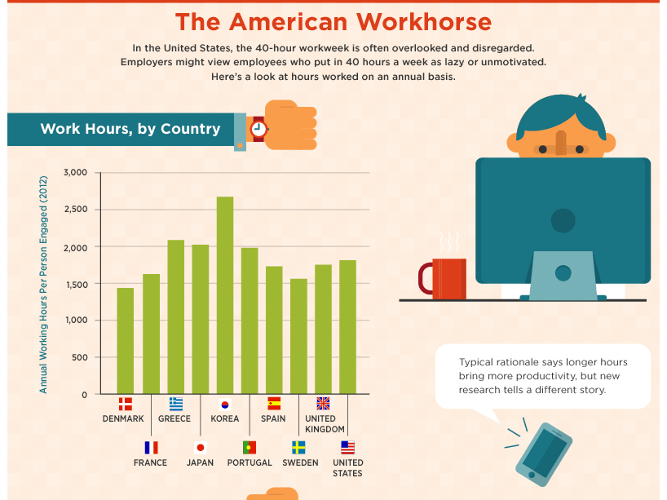
Are Polaris ATVs junk? Are Polaris ATVs junk? Polaris easily competes with any other ATV manufacturer. They make good ATVs, people just like different things. This works the same for other vehicles, cars, trucks, etc. You will get soy from every brand that has its own issues, but it doesn't. they are all garbage .
Do ATVs retain their value? The cost of ATVs does not drop much over time. after a few years their value remains unchanged . Most ATVs lose their original value 3-4 years after first use, and some models lose up to 30% of their base value, but the good thing is that after this period, their prices are mostly the same.
Why are Honda ATVs the best? Honda ATVs have earned a reputation for performance and reliability. Thanks to the explosion-proof transmission and metal gears instead of belts, this brand of ATVs can withstand heavy loads without breaking. There are The 's reliable and easy-to-use features make Honda ATVs the most popular choice among sport ATV riders.
The Ecoquad was the clear champion in fuel economy with 45.5 mpg despite spending most of its time at full throttle. The Honda followed with 32.1 mpg and the Arctic Cat diesel with 31.7 mpg, comfortably outpacing the Kymco and Polaris at 24.9.miles per gallon. The Quadzilla trailed with 18.6 mpg.
How many miles per gallon do ATVs get? How many miles per gallon can an ATV go? On average, you're looking at about 15 to 20 mpg for a new quad or one that's worn out in a couple of years. Everything will depend on how well you maintain it, and on the characteristics of the engine.
What kind of gasoline do four wheelers use?
However, most ATVs use regular 87 octane gasoline but can perform optimally with more expensive gasoline. Petrol 91 or 89 octane. . In other words, the higher the quality of the fuel, the better your engine will perform. In addition, some four-wheelers only use premium fuel.
Is 5000 hours too much? As a general rule, up to 2,500 hours is a well-run number, while 35,000-5000 hours is considered a high .
How many hours will the truck engine run? You are reducing the speed of the engine compared to driving on the wrong path because it is running at half its maximum speed. In comparison, it should probably have 3500 to 4000 hours of battery life. .
How many miles does it take to drive 2 hours?
How many hours is 2 miles?
| miles | Relaxed pace | Normal pace |
|---|---|---|
| 2 miles | 40 minutes | 30 minutes |
| 3 miles | 1 hour | 45 minutes |
| 4 miles | 1 hour, 20 minutes | 1 hour |
| 5 miles | 1 hour, 40 minutes | 1 hour, 15 minutes |
Nov 27 2021
See also
Should ATV tires spin? Multi-directional tread pattern for better grip on rocks. Multi-directional tires can be turned for even tire wear. . Multi-directional tread pattern better grips side slopes. Multi-directional tires usually stop faster than directional tires.
Multi-directional tires can be turned for even tire wear. . Multi-directional tread pattern better grips side slopes. Multi-directional tires usually stop faster than directional tires.
How often should I change the oil in my 4 Wheeler? In general, you should perform an oil change on an ATV. approximately every 100 hours of use or at least once a year .
ATV recommended normal tire pressure: 4 to 8 psi (psi).
Polaris made in China? Are Polaris parts made in China? Engines are still built in Osceola, Wisconsin. And also many parts are made in china . Just like the rest of the big names.
What should I look for in an ATV?
Who makes the motors for Polaris? All 2015 Polaris ORV lineup (Ranger, RZR, Sportsman and ACE) now equipped with ProStar 9 engines0005 . In the past, Polaris has partnered with other manufacturers (one of them was Robin/Fuji Industries) to supply engines for their ATVs and UTVs.
In the past, Polaris has partnered with other manufacturers (one of them was Robin/Fuji Industries) to supply engines for their ATVs and UTVs.
Considering that youre right here looking to recognize 125cc ATV full throttle, you should know what an ATV is and also how fast 125cc ATV is.
For beginners, an ATV is short for ATV. All-terrain vehicles of all types of soil provide the ATV with a large area.
125cc ATV mainly for youth. This is a safe choice for beginner bikers who are new to it and also want to learn more about driving as well as the roads.
Whenever we talk about 125cc, it is considered to be in the middle category because it can reach top speed and provide enough traction to help you get through the dirt without any problems.
When it comes to an ATV, top speed refers to the highest degree of speed a vehicle can achieve while driving on the road. Full throttle varies from bike to bike and depends on a variety of factors which consist of the types of materials used and the components installed.
Full throttle varies from bike to bike and depends on a variety of factors which consist of the types of materials used and the components installed.
Contents
What does 125cc mean? The 125cc engine will take up 125cc, while the larger 700cc engine will take up 700cc. The more ccs an engine has, the more air and fuel it can consume, which usually translates into more power.
A 125cc quad can go up to 40 mph in an ideal . You can slow down to 10 mph and sometimes 5 mph, or you can hit the gas all the way to 40 mph. Youth ATVs are equipped with speed limiters to control their speed. .
Thanks to its many uses, the 125cc ATV The is a great choice as a starter for teenagers as well as the for younger kids as it is fast enough to keep their passion going as well as running at around 22 mph or 38 mph. Most importantly, this is a great beginner quad, not powerful enough for serious riding technique, jumping, big climbs or racing.
Most importantly, this is a great beginner quad, not powerful enough for serious riding technique, jumping, big climbs or racing.
It is extremely important to choose the right engine for you or your child when buying an ATV.
Depending on the power of the cylinder, you will surely be able to choose the right ATV for you. Look into joining a list for a better understanding.
Approximately 70 cc - these are used for children under 11 years of age.
70cc to 90cc- these can be utilized by youngsters ages between 12 and 15.
125cc to 250cc- these are suitable for both novice teenagers and adults.
Cylinder size can start at 50cc and go up to 700cc.
But keep in mind that height is also an important factor when choosing an ATV. Classification from 125 to 250 cu. CM is ideal for beginners who are not familiar with wilderness riding and are unfamiliar with rough or rocky roads.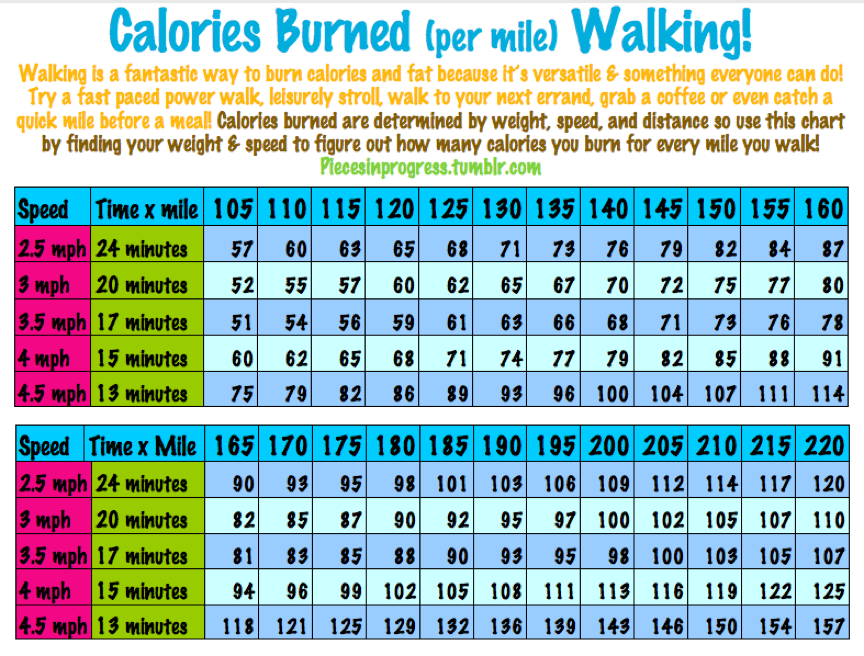 One of the most practical tools for adults or professionals ranges from 450cc to 700cc.
One of the most practical tools for adults or professionals ranges from 450cc to 700cc.
If youre looking for an ATV for your child, you need not fret as you remain in the best area. On the listing stated above, it is clear that engines ranging from lower to 90cc are suitable for children. But to boost the performance of the ATV, different brands have actually created their best efforts to find up with some fantastic 125cc ATVs made particularly for children.
They are supervised by professionals to make sure they are absolutely safe for children. Each kids quad has unique features as well as additional safety options. If your child loves the outdoors and travelling, an ATV can offer the best taste of nature and flexibility to their hearts, while the controls are still in your hands.
If you do a thorough research, you will certainly be able to find the right one for your child. A couple of points that might help is to make sure you buy one with a speed limiter and it has both headlights and taillights installed as they help a lot.
ATV suppliers generally do not set biker weight limits for their youth models. It has optimum payload 364 lb , an engine kill button as well as a push-button control starter. A higher center of mass-tipping issues.
While a full-size ATV with a huge engine may appropriate for a totally grown adult, a youngsters risk of injury on such a device is a lot higher. For smaller-sized cyclists, a 125cc ATV is a good choice for . The 125cc ATV is not the smallest available, however it is not exceptionally large or powerful compared to other models.
1. Use the best fuel.
A fast and also easy change you can make is to start utilizing greater octane gas. Many quads dont need that you use greater octane fuel from the manufacturer, but it can help increase the efficiency of your engine.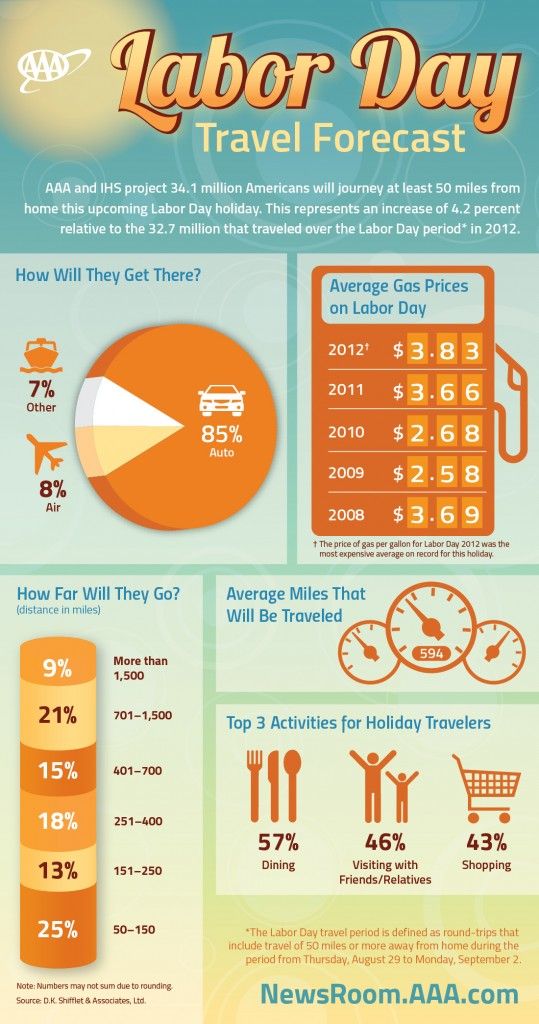
If you can, dont use ethanol-based fuels as well as opt for the higher octane . It will cost a few even more bucks than the inexpensive fuel, yet youll certainly notice the difference when you hammer on the throttle.
Greater octane gas burns cleaner, offering you better gas mileage and also much less deterioration to the mechanical parts of your gas system. Sure the better gas mileage isn't really noticeable in a quad, but the performance differences are there.
2. Upgraded air filter.
You should be regularly inspect the air filter and clean it if necessary. If the air filter starts to get overloaded, it will certainly affect the amount of air the engine can use to run. Driving with a clogged air filter is almost like turning off your engine.
The increased air circulation these filters provide will definitely allow your engine to get even more air. Much more air-fuel mixture means even more power.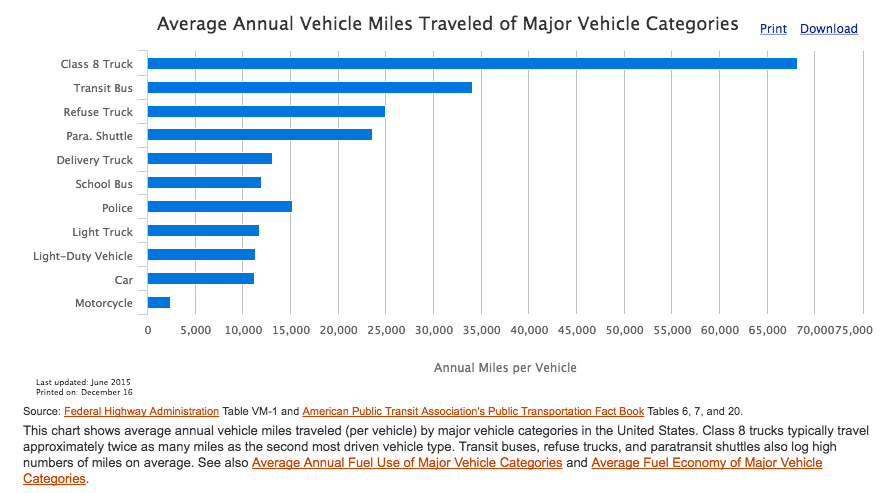
3. Adjust the throttle stop screw.
On many ATVs, if you search the right side of your take care of bars where your throttle is, youll see a guv. On the guv, there will be a screw protruding, thats your throttle limiter. The Throttle limiter will limit the amount of throttle You can provide your engine while driving.
Be sure to turn the screw all the way out if you are going to use the maximum throttle. To adjust this, simply loosen the lock nut holding the throttle stop screw in place, replace the screw, and tighten the lock nut by pulling it back.
Ascertain the throttle limiter screw to see to it youre obtaining the limit your engine will certainly enable.
4. Change tire size, weight and pressure.
Of course, tire pressure will contribute depending on the sort of terrain youre riding in. When riding in sand or snow, lower tire pressure will certainly make you much faster, but on flat hard surfaces, a greater tire pressure would assist a lot more.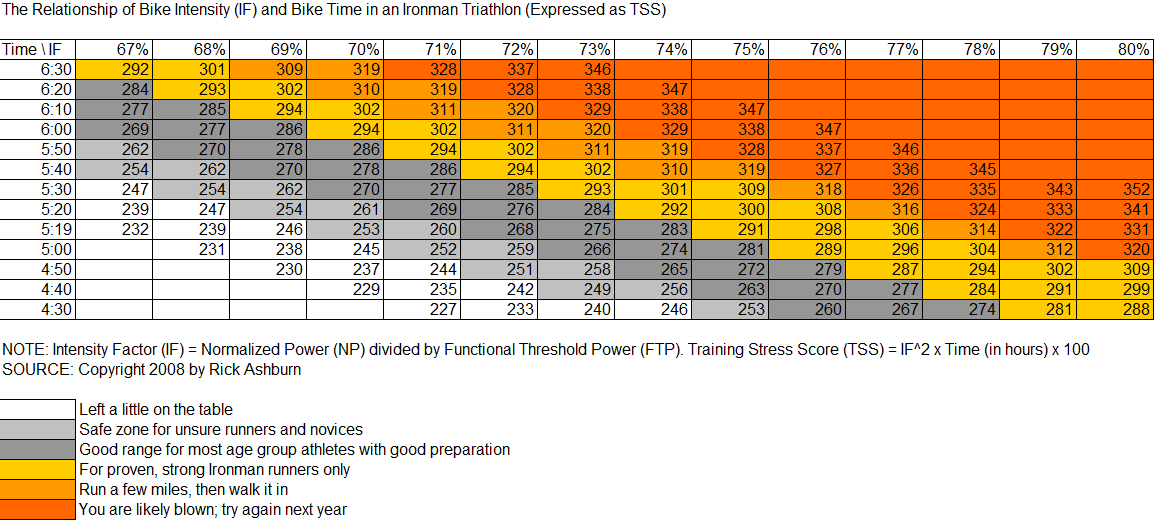 I would certainly recommend to run at around 5 psi as good throughout the entire number.
I would certainly recommend to run at around 5 psi as good throughout the entire number.
Youll intend to obtain some lightweight aluminum wheels if you want to make your quad quicker. The tire dimension might make a distinction too, depending upon what youre going for. Make certain to get the appropriate tire dimension for your ATV and your edges.
If you want much more speed, choose a smaller tire. If you need a higher top speed, choose a larger tire. The tire dimension is very comparable to changing out your sprocket for tailoring. A larger tire will take even more power to transform it but will cover more ground per change. I typically dont change the tire dimension unless I am attempting to Enhance My ATV Ground Clearance.
5. Add nitrous oxide.
Adding a nitrogen kit to your ATV can give you a nice speed boost when you really need it. They arent actually all that difficult to install or use either.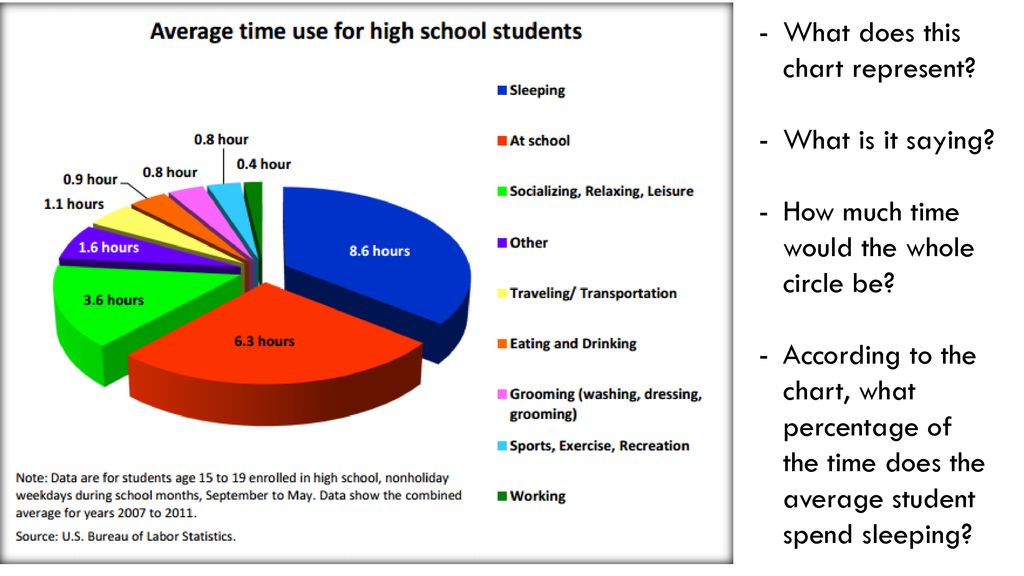
There are several different nitrous oxide configurations you can choose from, such as wet or completely dry.
6. Update the exhaust.
Updating the exhaust on your ATV can obtain costly and call for some work. Yet its a certain fire way to enhance the efficiency of your quad. Since more air can come out of the engine, it can take in much more air. . This unit works perfectly in parallel with a high flow air consumption system.
If you cant pay to do the whole exhaust system from the headers on down, you can constantly get an efficiency slip-on exhaust. This will not boost horsepower as high as an entire efficiency exhaust system will, however, it will certainly give you a bit a lot more horsepower.
As a general rule, service exhaust systems are larger than the supply, or are definitely tapered for gradual increase in size. This provides even more airflow through the engine. With even more combinations of air and gas, you will really feel even more power and speed while riding.
7. Change the gear ratio.
To change the equipment ratio, you will certainly need get a new front or rear sprocket and change your existing one. A lot of cyclists do what is called gearing down which is when you obtain a bigger back sprocket to raise velocity. This will trigger your full throttle to drop though.
To get ready you would get a smaller back sprocket which will certainly raise your full-throttle yet lower your velocity.
You need to make a decision whether you want to increase speed or increase full throttle.
8. Install the large diameter kit.
Mounting a large bore set can be a great deal of work, but will provide you with a huge increase in performance. Acceleration will be quicker and top speed will certainly enhance too. Youre generally upping the cc of your engine.
With more sets of large bores, you will definitely be changing piston and cylinder for a larger size. This allows more air/gas mixtures to enter the combustion chamber, greatly improving the performance of your ATV.
This allows more air/gas mixtures to enter the combustion chamber, greatly improving the performance of your ATV.
After all these conversations, one point is certain the efficiency of an ATV depends a great deal on the features and also the engines dimension. The 125cc ATV is best for young people or newbie adults. ATV's top speed can reach 40 mph (ideally). or even more if changes are made.
With a speed controller or adjuster you can control the speed. Because ATVs are built to ride on rough roads, it's a good idea to focus more on performance than speed. You do not need such a high speed for driving on rough roads, as safety and comfort are more important in this situation.
How fast does a 300cc motorcycle go? Detailed Overview
Rodney L. Herron
Rodney L. is a technical writer and product consultant with over a decade of experience in the automotive industry. Rodney is a fan of high performance machines that run fast and loud, and an expert in all things out of the ordinary.